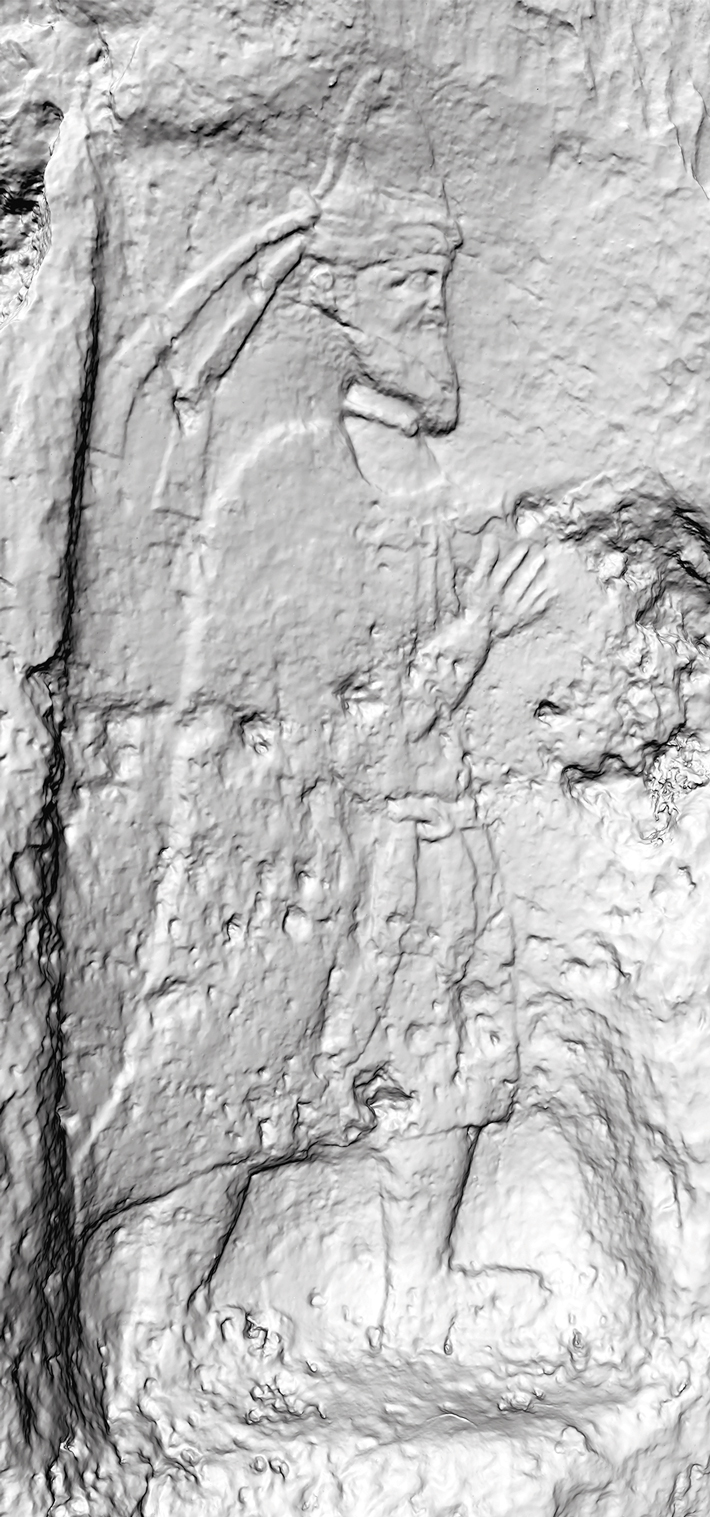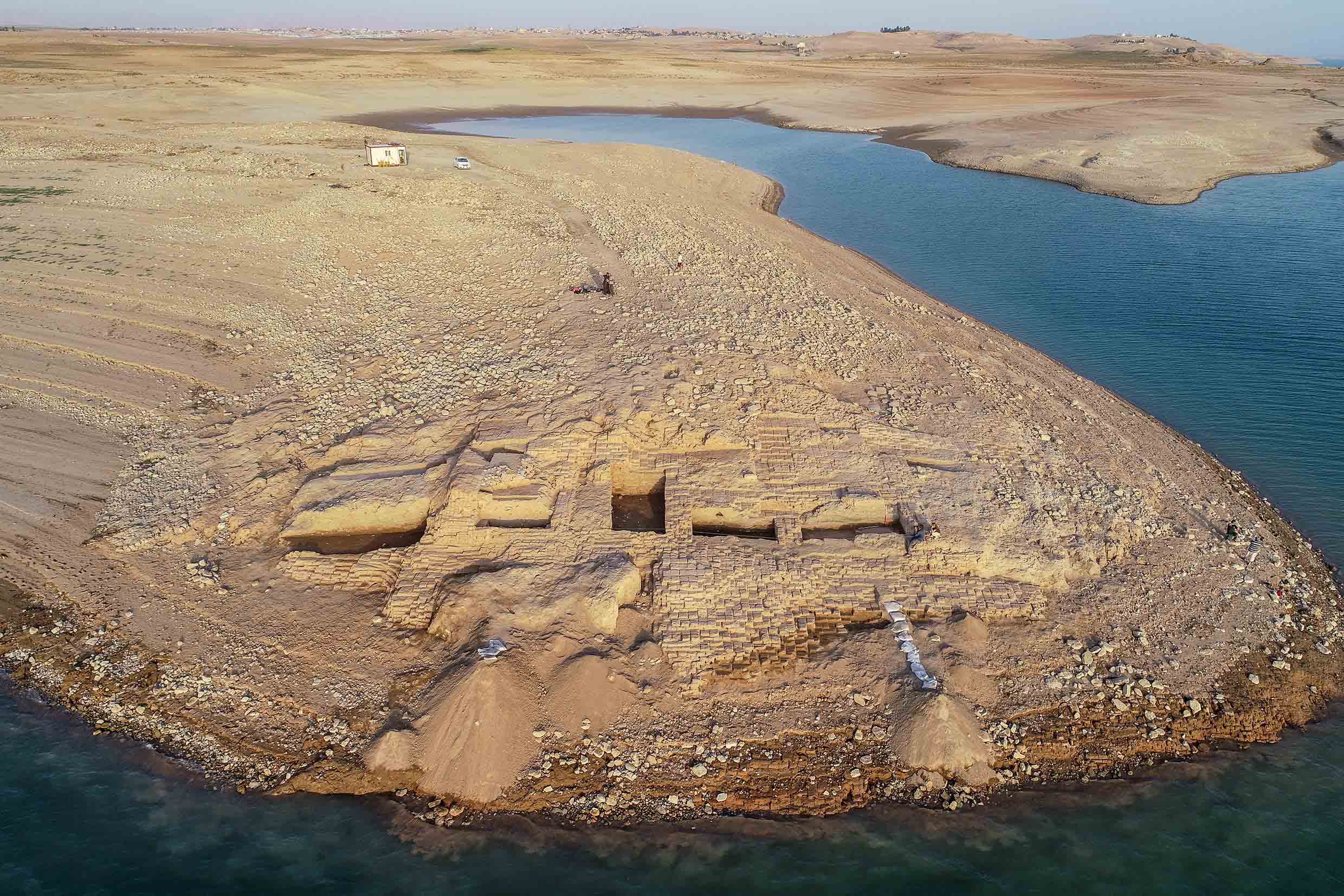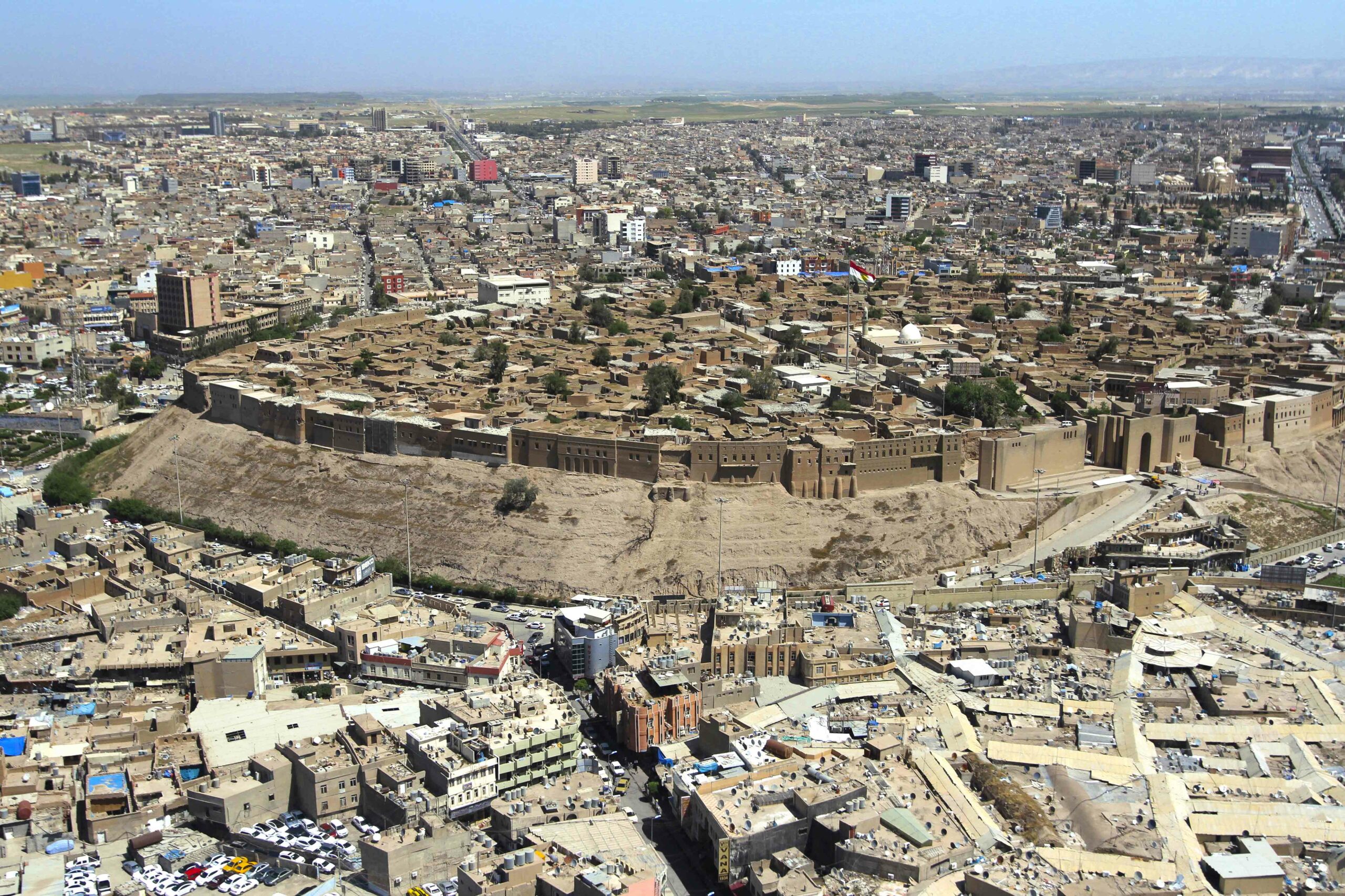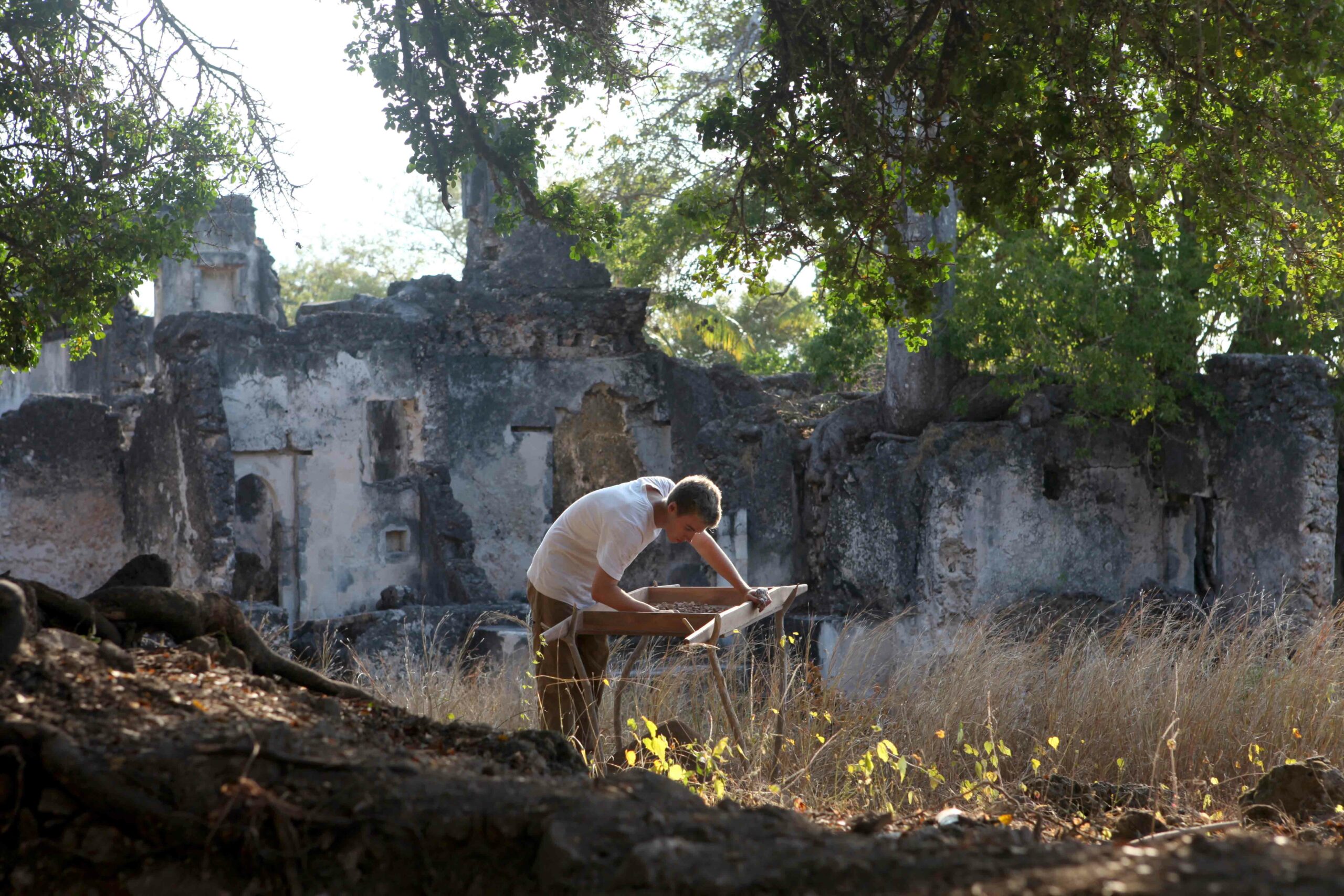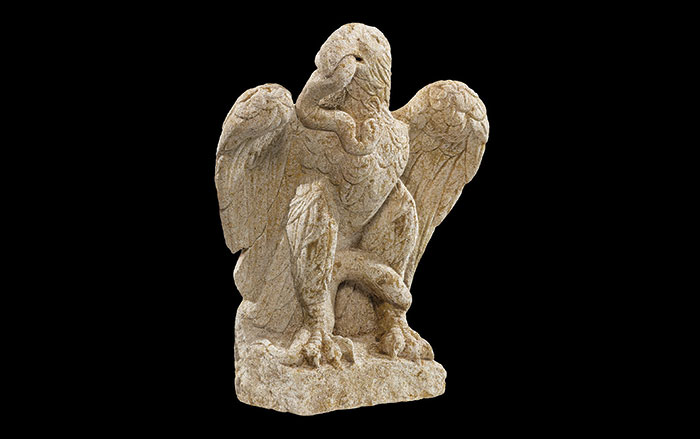
Archaeologists working in the Kurdish region of northern Iraq have located the ancient city of Idu. The international team unearthed the settlement while excavating a tell along the Lower Zab River. Although Idu’s existence was known from Assyrian texts, its location was previously unidentified.
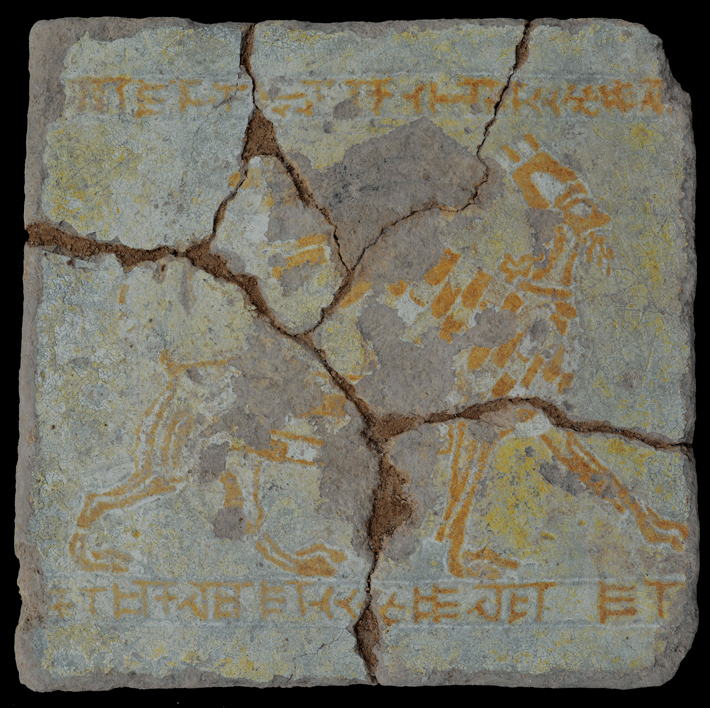
Beginning in the thirteenth century B.C., Idu flourished as a provincial capital of the Assyrian Empire. During this period, and also during the interval when Idu gained its independence, the settlement featured lavish royal palaces. This prosperity is attested to by ornate bricks, cylinder seals, and artworks that depict mythological scenes. Researchers ascertained the city’s identity through a series of cuneiform inscriptions. “The discovery of Idu fills a gap in what scholars had previously thought was a dark age in the history of the ancient Near East, and it helped us to redraw the political and historical map of Assyria in its early stage,” says Cinzia Pappi, an archaeologist from the University of Leipzig.



